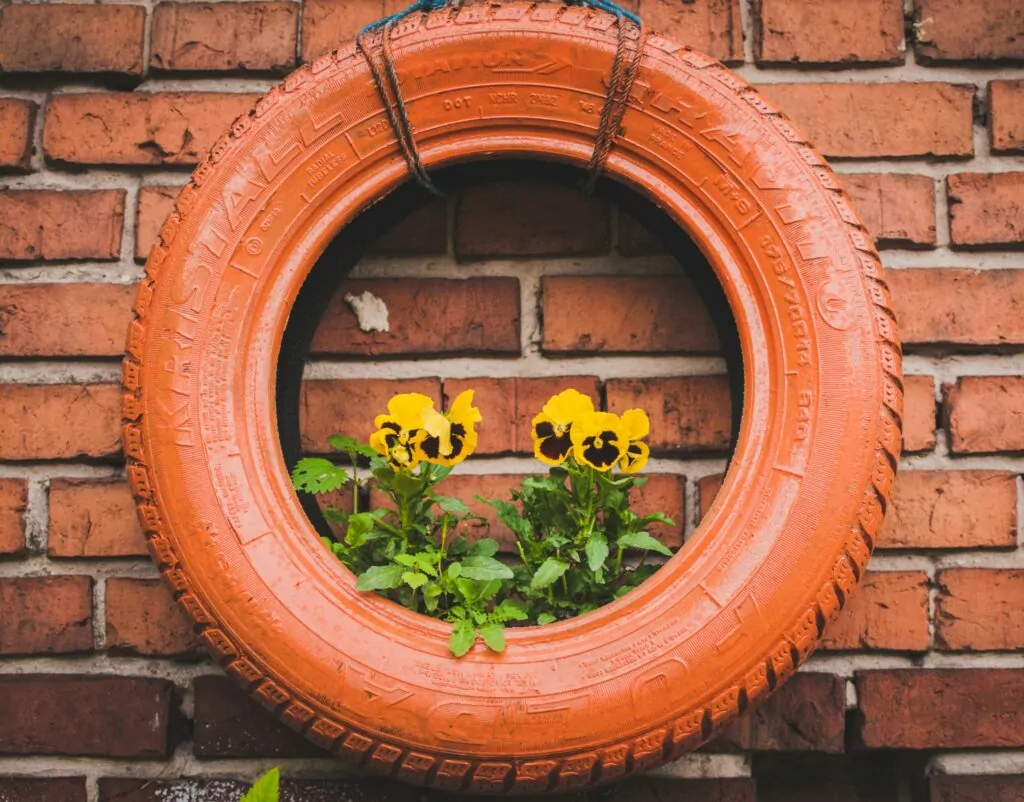Figuring out what type of wall you’re dealing with is an integral skill for mounting. While our Elite Taskers could never cover all the intricacies of residential construction here, they will give you a basic overview of the most common wall types you might encounter and what hardware you’ll need for each type.
- Drywall: Won’t be too flaky when drilled into.
- Lathe & Plaster: Will be flaky when drilled into and creates more dust.
- Concrete: Sometimes, this type of wall is hidden underneath wallpaper or paint. To check, knock on the wall first. If it’s solid and hurts your knuckles, it’s most likely concrete. Remember, in order to drill into concrete, you need a hammer drill and special drill bits.
- Brick & Masonry: Brick is relatively recognizable and usually will be exposed. That said, while it’s rare to have brick behind drywall, sometimes it does happen. If this is the case, your pilot hole will tell you instantly. To mount on brick and masonry, it’s recommended by top Taskers that you have a concrete drill bit.
- Cinder Block: Falls into the masonry category, and in some cases, a toggle bolt can be used for this.
Two tools that top Taskers recommend you always bring to a Mounting task, no matter the wall type, are a drill and a stud finder. But keep in mind that not all wall types will work with a stud finder! Read on.
What’s in A Wall?
- Walls are often built by hanging drywall or other surface material onto studs. Studs are vertically placed supports that are spaced roughly 16–24 inches (40–60 cm) apart.
- Studs can be wood or metal. When it comes to Mounting tasks, the difference matters:
- Wood studs are fairly easy to deal with. They are usually 2 inches (5 cm) wide, giving you a bit of leeway when it comes to finding the center point to drill into.
- Metal studs are narrower than wood studs, and they also may require a bit more pressure when you’re driving a self-tapping screw.
- Top Taskers recommend being extra careful to find the precise center of a metal stud before screwing into the bracket, as you won’t have much extra space on either side of the drill hole.
- Drywall panel over wooden studs is the most classic wall type mounters will come across.
- It’s most common in homes and buildings under 3 stories and in older buildings.
- Studs are generally located in the corners of rooms and usually placed 16 inches (40 cm) apart.
- Each stud is 1 ½ inches (4 cm) wide and 3 ½ inches (9cm) deep. Drywall is screwed directly onto the studs.
- It’s easy to mount on this surface because you just drill straight into the wooden studs.
Elite Mounting Taskers agree that knowing your wall type is necessary to mount an item securely. They also recommend always going into the task knowing what wall type you’ll be working with, working with your client to determine the best approach, and bringing all the tools that will successfully get the job done. If you don’t feel comfortable mounting items on a particular wall type, you can include that information in your Skills & Experience description—that way you won’t have to forfeit a task later on.
To learn more about what to expect when drilling into different wall types, read on to Mounting 106: Starting to Drill.








